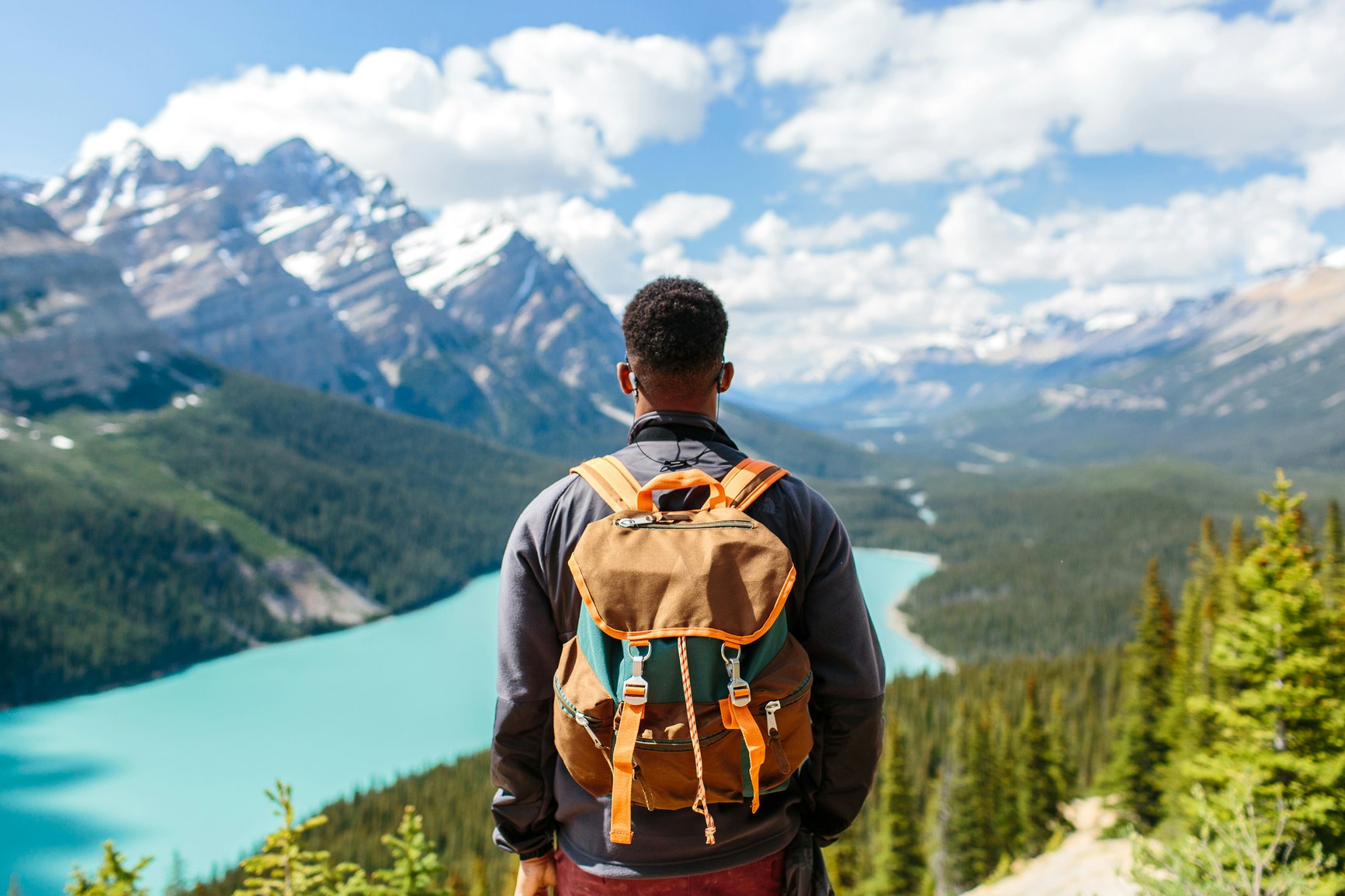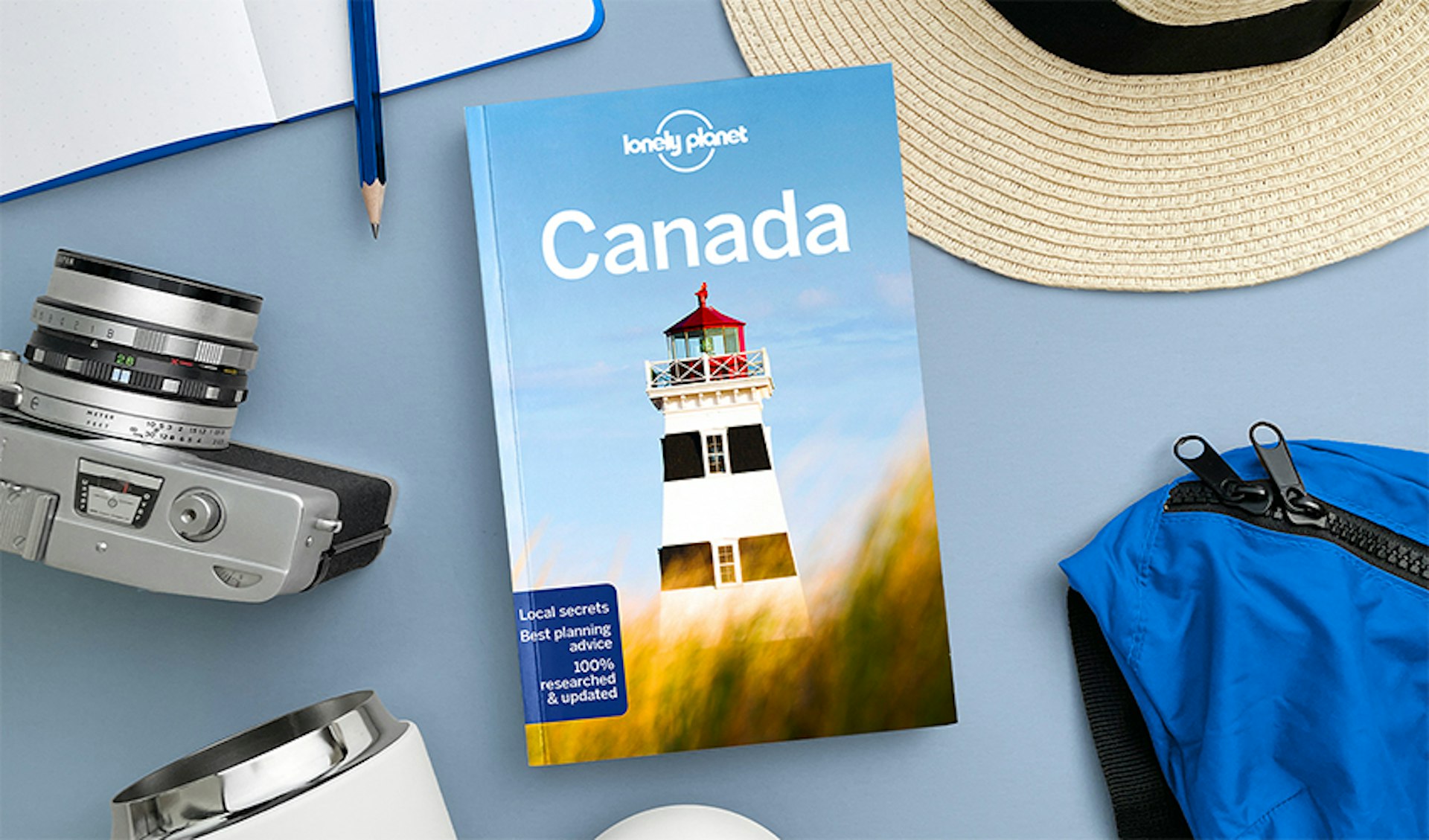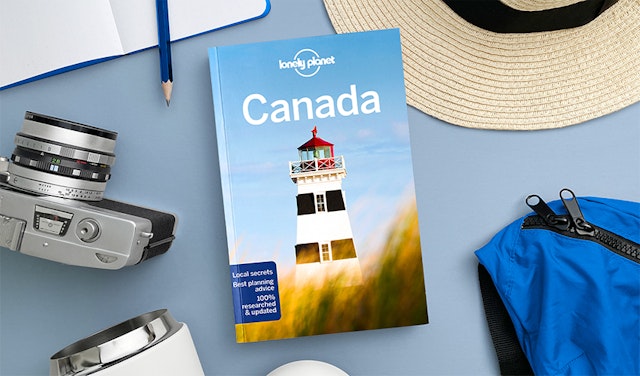As a born-and-raised Canadian, I’m often surprised by how little people know about my country.
From being asked what it’s like to live in an igloo (I don’t, it rarely snows where I call home in Vancouver) to questions about how to explore all of Canada in a one-week trip (as the second-largest country in the world, this would be difficult), I’ve heard it all.
To help you make the most of your first-time visit, here are some things you should know before planning a trip to the Great White North.
1. Canada is too big to see in one trip
Canada is big – with a wide-spread land mass of nearly 10 million sq km. The country is home to the second-highest mountain peak in North America (Mount Logan in Kluane National Park, Yukon) and the world’s longest coastline, bordered by three oceans: the Pacific, the Arctic and the Atlantic.
With 10 provinces, three territories and six time zones, it’s safe to say that Canada is a country where you can enjoy endless experiences.
When traveling to Canada, planning your visit around one province or territory is best. From the lush green forests, coastal beaches and snow-capped ski hills of British Columbia to the vibrant and culturally diverse cities in Ontario to the snow-and-ice-covered Canadian Arctic of Nunavut, each region has a unique landscape, culture and people.
2. Canada uses the metric system
Distance is measured in kilometers, gas is pumped in liters and weather forecasts are expressed in Celsius. While many other countries do the same, it’s a common assumption that Canada follows the same measurement system as our neighbors to the south. This is a big one for visitors from the United States who use the imperial measurement system.
3. Despite being a bilingual country, not all Canadians speak French
But we don’t all speak English either. Canada is one of the most ethnically diverse countries in the world.
And while French and English are both the official languages of Canada, there are many regions where people only speak one of the two languages fluently. There are even some regions where neither language is spoken. Quebec is the only province where French is the sole official language.
Despite the commonly spoken word in each region, signage and packaging around the country are typically in both English and French – a rule in place since the Official Languages Act came into play in 1969.
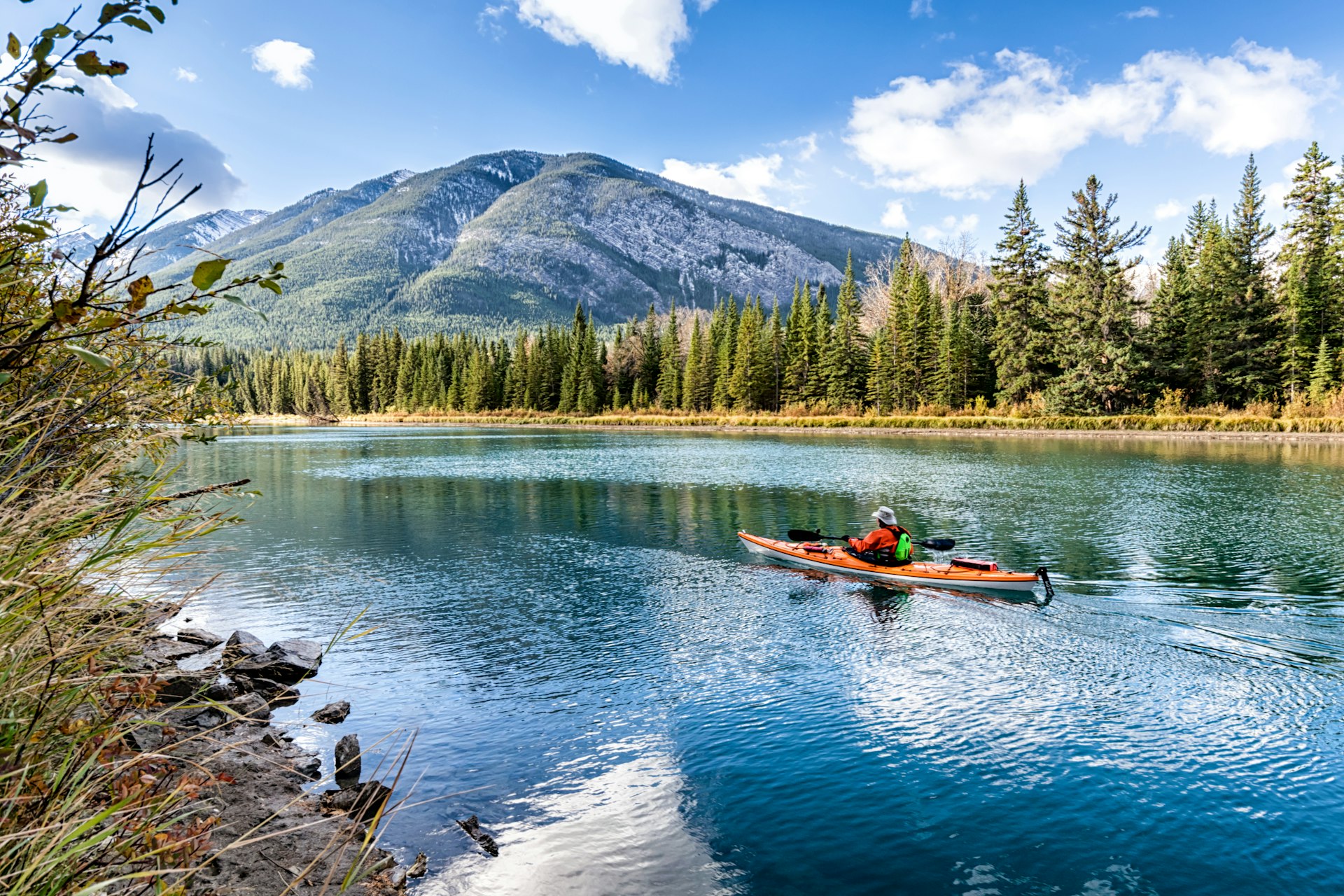
4. It’s not always snowing in Canada
As a country with a grand geographical reach, the climate can range substantially depending on where you go. For example, the West Coast of British Columbia has a mild climate year-round. It doesn’t always snow during the winter months, and summer temperatures average 22°C (or 71°F).
If you go further north, the temperatures become more frigid. In contrast, Nunavut sees an average temperature of −20°C (or −3°F) for the entire year. Much of the upper half of Canada only has two seasons, with short summers and long, cold winters with heavy snowfalls and icy temps.
Wherever you plan to visit in Canada, be sure to check the climate averages before you go and pack for varied weather – especially on the West Coast, where it rains often.
5. Be prepared to hear unfamiliar words spoken in Canada
In Canada, we have our own words for everyday items. These are some common examples:
- Toque: a knitted hat usually worn in winter
- Two-four: a 24-pack of beer
- Pablum: a common Canadian name for baby cereal
- Freezies: ice pops
- Washroom: bathroom or restroom
- Clicks: used to refer to kilometers when driving
- Canadian tuxedo: denim top and bottom
- Tobogganing: sledding in the snow

6. Indigenous cultures are of great importance
The First Nations, Métis and Inuit Indigenous Peoples are Canada's first inhabitants. Canadians recognize and appreciate the importance of the rich and diverse Indigenous cultures that are not only an essential part of our history but are still prominent across the country today.
Certain language used to describe the original habitants of the land elsewhere may not be acceptable in Canada, so do your research before you arrive to ensure that you don’t use language that may be offensive.
In order to truly enjoy and appreciate Canada, consider including Indigenous experiences in your travel plans. Book with Indigenous-owned luxury lodges that offer immersive cultural experiences or take a multi-day guided paddle excursion. Go on hikes through the country’s most stunning, untouched landscapes while learning about the surroundings through a cultural lens. The experiences offered are sure to leave a lasting impact.
7. Prepare for over-politeness
The courteous Canadian cliché is entirely accurate. In Canada, we say “sorry” a lot, and not just when we’ve done something wrong. Also, don’t be surprised if someone holds the door open for you or you receive a friendly “hello!” from a stranger.
"Please" and "thank you" are aplenty in formal exchanges, and Canadians are even courteous on the road, flashing a friendly wave when someone lets you in while changing lanes. Generally, Canadians are friendly and approachable–but there are always exceptions.
8. Always leave a tip
Whether dining in a restaurant or getting a new haircut, tipping is customary in Canada. An average of 18% of the total bill is left as a tip for a meal or service received. Not tipping is considered rude, and people will often tip above the average if they find the service exceptional.
9. Be sure to sample Canadian cuisine
From poutine (fries topped with gravy and cheese curds) to beaver tails (hand-stretched fried dough pastries topped with icing sugar. Don’t worry, actual beavers are not an ingredient), Canada has some tasty treats that are a must-try.
Other Canadian treats include bannock (a staple Indigenous bread) and butter tarts (a small pastry tart with a sweet filling).
Certain regions have specialties, too, such as the lip-smacking lobster rolls of Nova Scotia, the mouthwatering Montreal bagels or the chocolatey Nanaimo bars of Vancouver Island in British Columbia.
10. The legal drinking age varies across the country
In Alberta, Manitoba and Quebec, the legal drinking age is 18, while in the rest of Canada, the legal age to purchase, possess and consume alcohol is 19.
In some provinces, like British Columbia and Ontario, the government regulates alcohol retail and the distribution of alcoholic beverages.
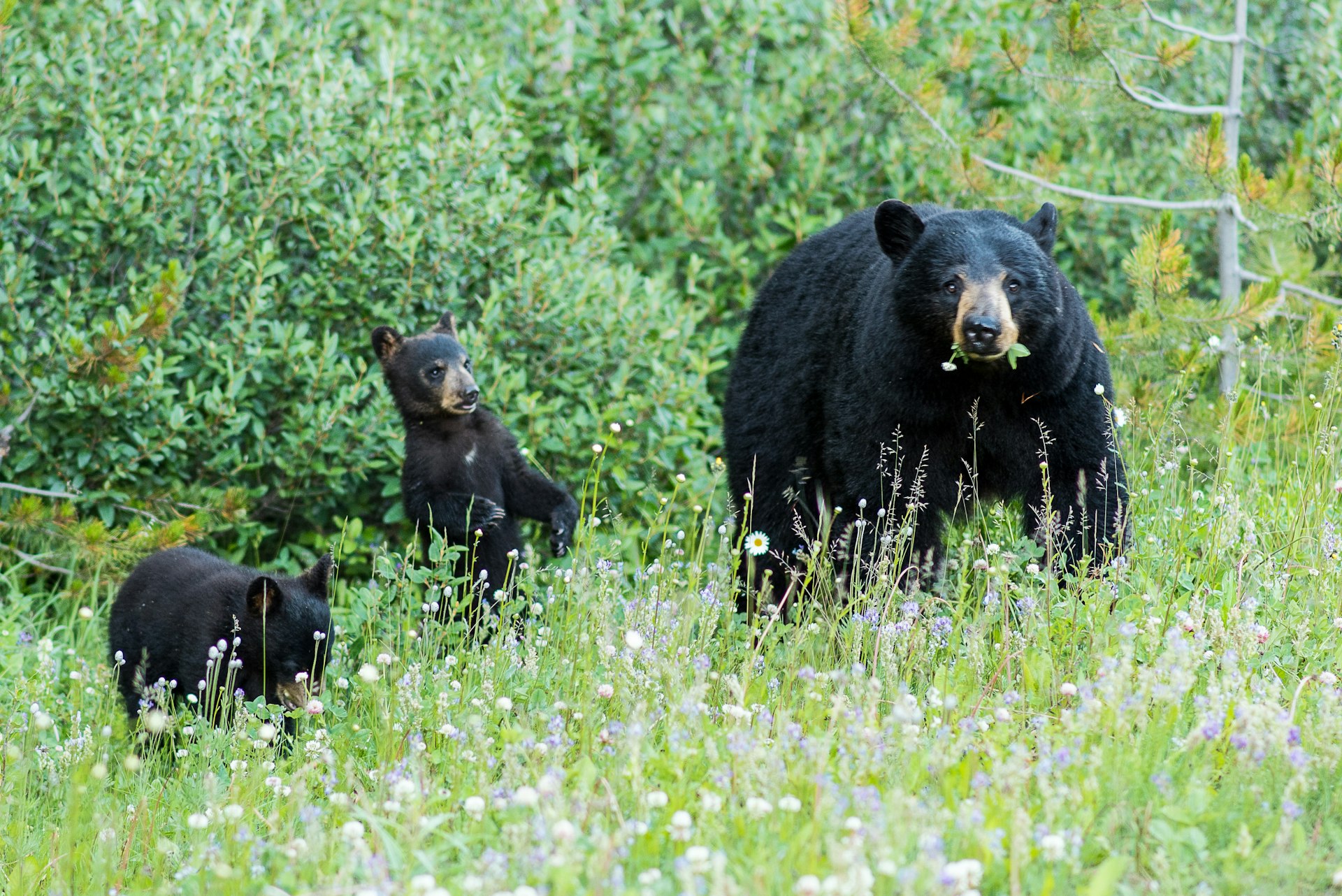
11. Respect wildlife
Whether it’s burly black bears and spawning salmon in British Columbia or playful foxes and perky piping plovers in Prince Edward Island, Canada is home to a wide range of flora and fauna.
Feeding wildlife is illegal, and there are laws that prevent people from admiring wildlife in close proximity. Stay alert and be aware of your surroundings when exploring nature, and if you spot any wildlife, keep your distance.
12. Canada is one of the safest destinations in the world
Canada is generally very safe. There are strict gun laws, and crime rates are low. Overall, the police are well-trusted and respond to calls quickly. Despite the country’s reputation, it’s always best to proceed cautiously, especially when walking through some neighborhoods at night.

